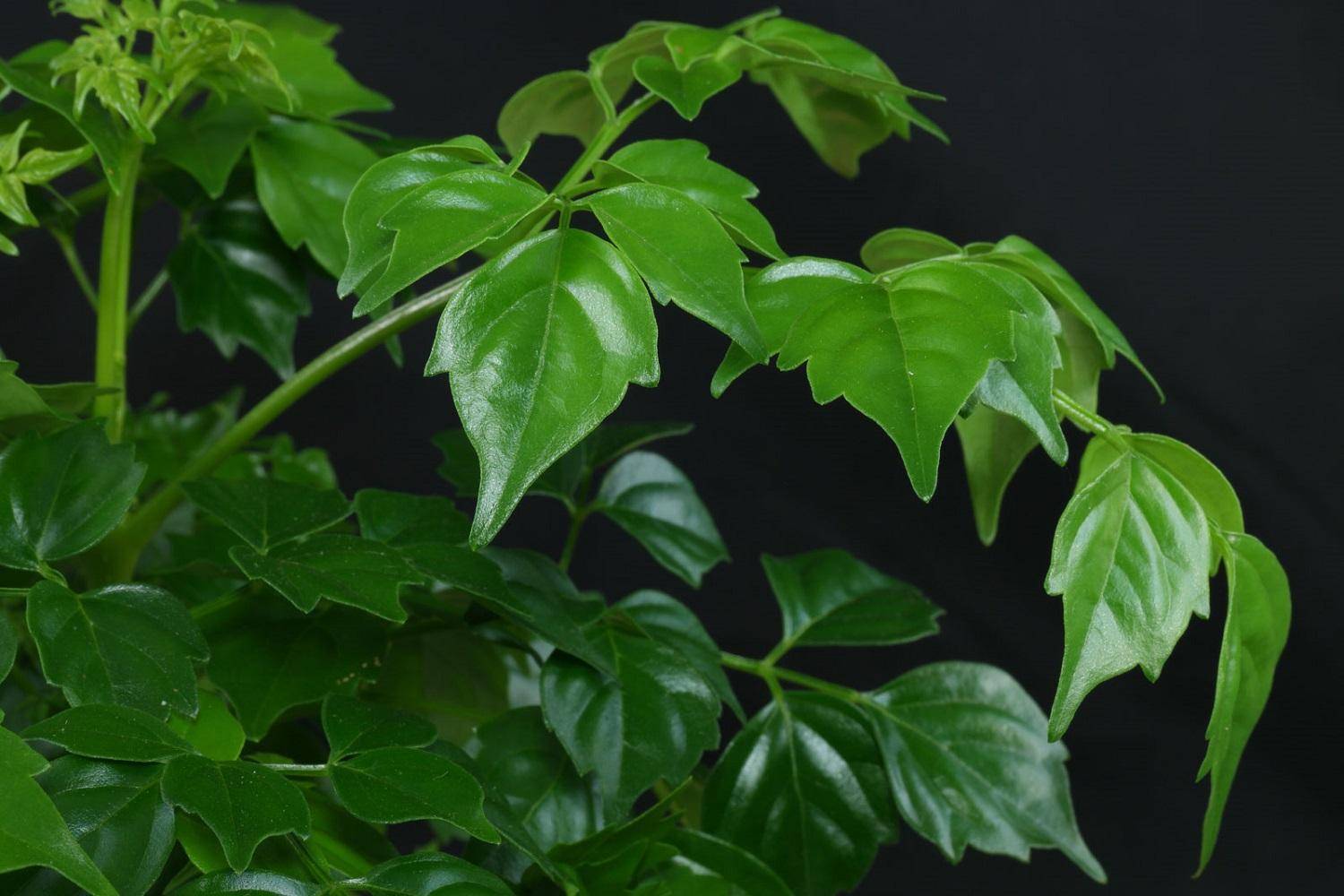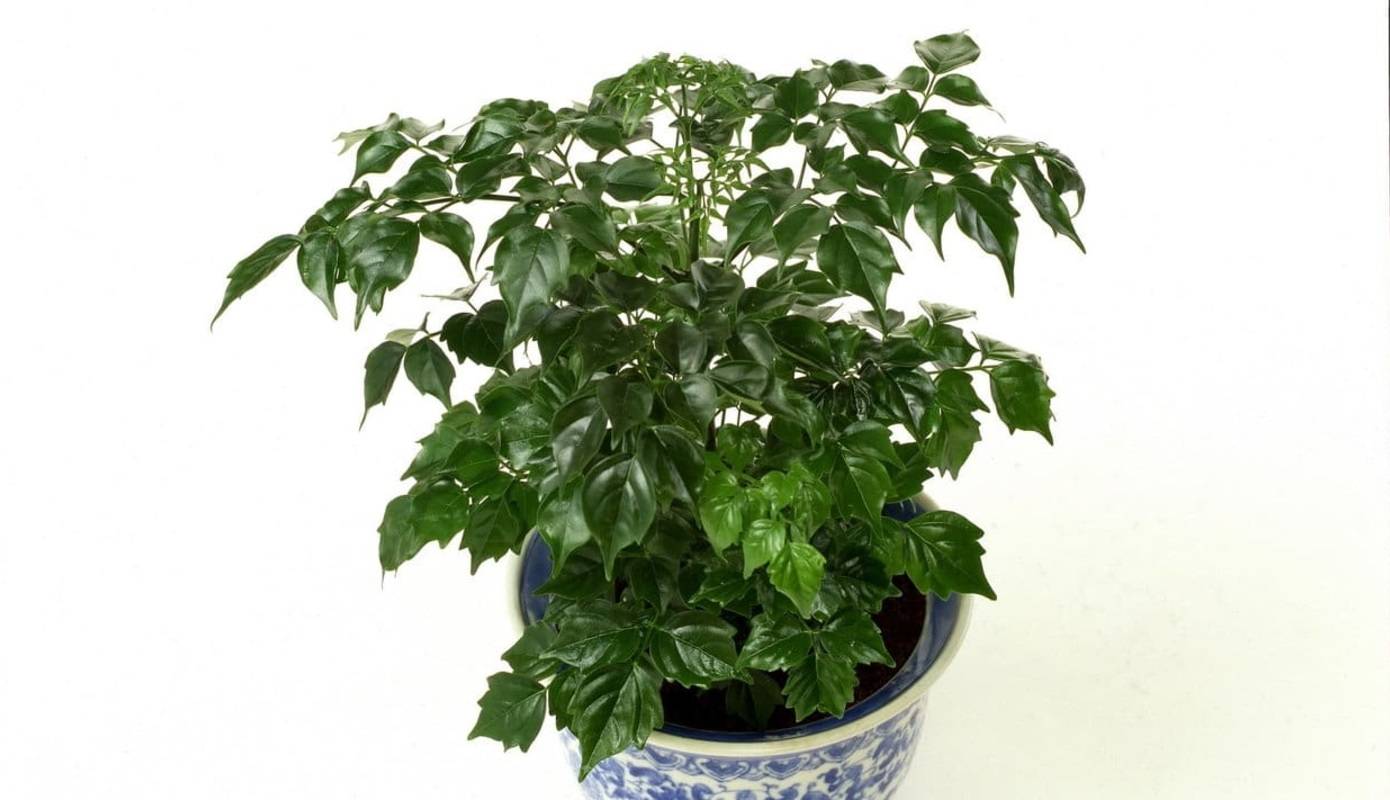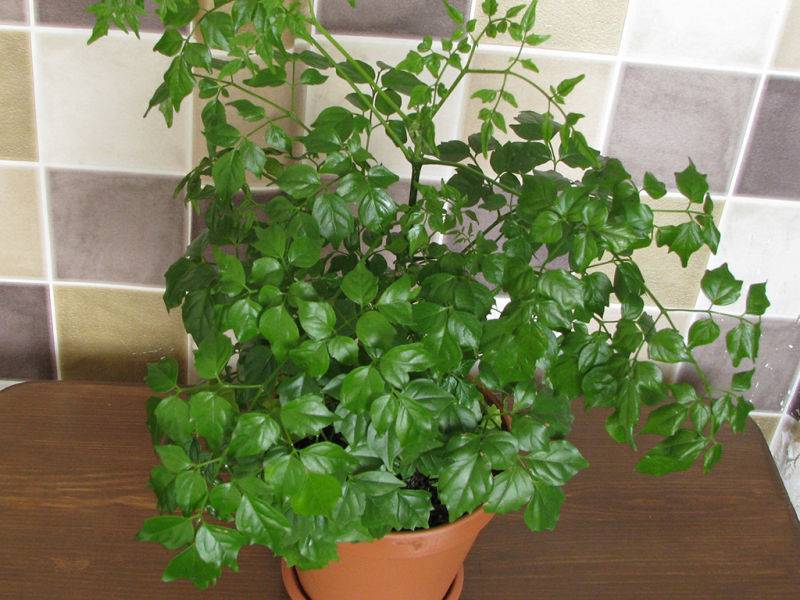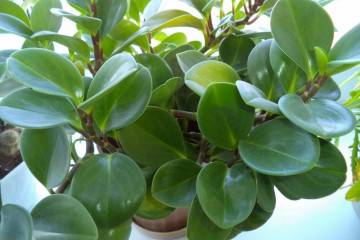Radermacher - home care
Content:
The Radermacher flower is not the most popular. Some also call it a snake plant and strongly dislike it. At the same time, the people have a more euphonious nickname "indoor ash". This name is given for the beautiful emerald foliage. At home, the radermacher rarely blooms, but this does not prevent the tree from being charming.
What a radermacher looks like
Under natural conditions, the Radermachera grows up to 40 m in height. At home, it can stretch up to 1.5 meters. It is widespread in Asia and the plant got its name in honor of the botanist who described it first. The naturalist's name was Jacob Corne lis Matthieu Radermacher. It was he who brought the radermaker to Europe, where she quickly became popular.
Radermacher belongs to the Bignoniev family. In nature, it blooms beautifully and large yellow bells bloom. For the house, different types of plants were bred.
Some popular varieties
The most popular option is the Chinese radermacher. She has a straight trunk, which is strongly branched. Branches, slightly drooping, with dark emerald foliage. With proper care, it grows to a meter state.
The Radermacher titmouse looks very unusual due to the combination of dark and light green leaves. They add extra volume to the tree and make it a beautiful addition to the interior.
The jasmine tree (Radermachera Hainanensis) is more suitable for growing in the garden. The plant only tolerates a warm climate and therefore is of little use for Russia. Unlike other species, even at home, it can sometimes bloom with orange bells.
At home, you can grow different varieties of Rademachers. All of them require one care and are unpretentious.
Radermacher - home care
The appearance of the plant depends on what conditions the plant is in. To preserve glossy foliage, a certain temperature regime and humidity level are created for the flower. Therefore, the radermaker needs constant and competent care.
Temperature
The optimal level is 25 ° C, since excessive heat will only harm the flower. From October to April, a dormant period is arranged, at which time the temperature is lowered to 11 ° C.
Lighting
Taking care of a radermacher is not that difficult. Since in nature it grows in Asia, it needs diffused lighting.
Can withstand a small amount of direct sunlight. It is advisable to place the pot on the west or east window.
Watering
In order for the leaves to be beautiful, the radermaker is provided with a normal level of humidity. In hot weather, it is watered 3-4 times a week, during the rest period 2-3 times are enough. The earth lump should not dry out for a long time.
Spraying
Plants need to be sprayed twice a day, especially during the heating season. Dry air negatively affects the condition of the foliage.
Priming
It is advisable to take a ready-made mixture for decorative flowers. It can be made at home. For this, peat, turf, humus and two parts of leafy earth are taken in equal parts.
Top dressing
In order for the radermaker to retain the rich color of the foliage, it is fertilized with special means. Do this once every two weeks. A complex feeding for ornamental plants is suitable.During the dormant period, fertilizers are not applied.
Resting care
If a person has got a radermaker, he should know that home care changes in the middle of autumn.
In October, you need to gradually lower the air temperature and reduce watering.
This time is needed so that the plant can rest from the growth of green mass. Therefore, it is watered less and the daylight hours are slightly reduced.
Pruning
The characteristic of the variety allows you to better know the features of the radermacher. This plant can be grown both as a bush and as a tree. Therefore, pruning is not mandatory and each owner decides for himself what to do.
It is better to carry out pruning in the fall before the dormant period. You need to first think about how the plant should look in the end. For example, you can give it the shape of a ball. In this case, remove the lower branches and pinch the upper shoots.
Reproduction methods
If desired, the owner can breed radermacher varieties. For this, cuttings or air layers are suitable. Both options can be used at home.
Cuttings
It is better to cut them at the beginning of summer, when there is an active build-up of green mass and the plant is filled with strength. The cut branch can be placed in water or immediately planted in the ground. In the second case, the stalk is covered with a bag or glass jar - the greenhouse effect allows you to accelerate the emergence of roots.
It is more difficult to propagate with air layers. To do this, choose a stem of a saturated color and slightly cut its surface so that the juice appears. The place is wrapped in sphagnum moistened with moss and wrapped in a plastic bag.
When the stem is all covered with roots, it is carefully cut off and planted in a pot. This method takes more time, but it guarantees better germination.
Reproduction by seeds is possible, but this method is not available at home. Due to the fact that the radermacher almost does not bloom in the apartment, it is impossible to collect seed.
Transfer
The young plant is transplanted every spring. After three years, this is done every two years. The pot should be 1 cm larger than the earthen ball. A spacious container will lead to the fact that the roots will actively grow, but the green mass will not.
With a lack of space at the radermacher, leaves fall, why not every owner guesses this.
Often, replanting the plant is also not worth it, since it is stress for it, which will lead to wilting of the foliage.
Possible problems
Radermacher is a beautiful flower, and the description of the variety and the care of the plant allow you to get a more complete picture of it. But sometimes you can notice stunted growth, yellowing of the green mass or lethargy. All these are signs of diseases and pests.
You can get rid of insects with the help of insecticides, for example, "Aktara". Green bugs are aphids, and white larvae are mealybugs. All of them are very dangerous for the radermaker.
If the leaves begin to dry, then this is a sign of insufficient moisture level. In this case, it is necessary to remove the damaged areas and analyze the conditions of the plant.
If the radermacher does not develop, its leaves fall off - this may be a sign of root rot. It occurs with excessive watering. In this case, the plant must be dug up and the damaged roots removed, and then planted in dry ground.
If the stems are subtly stretching and branching, then this is a sign of insufficient lighting.This is especially pronounced during the rest period. In this case, all unnecessary branches are removed, and the plant itself is rearranged or provided with additional lighting with lamps.
Some signs
Not all flower owners understand what benefit or harm this or that species can bring. According to the teachings of feng shui, a radermaker is capable of improving well-being, but for this she needs to be provided with good care.
You can put a radermaker in an office or other work space. She will stop the negative and any negative emotions, which will have a positive effect on performance.
Radermacher needs to buy for those people who are engaged in spiritual development. The energy of the plant is able to stimulate the spiritual chakras, improve their work and tune a person to positive emotions.
Radermacher is an evergreen indoor shrub that will adorn any home. Such a plant does not require special care and will delight you for many years.




















